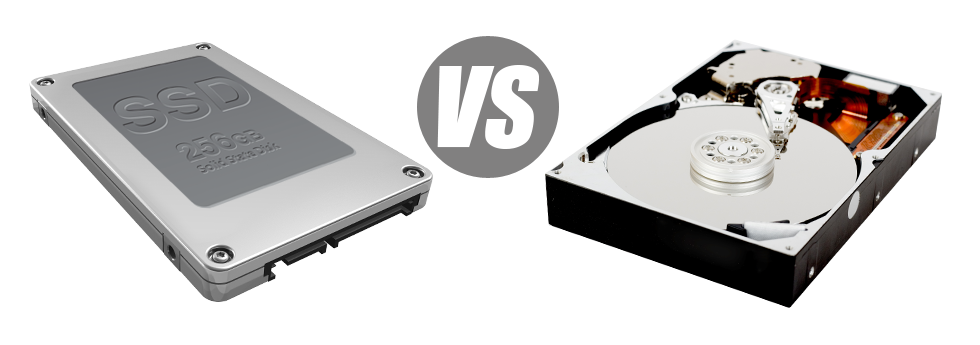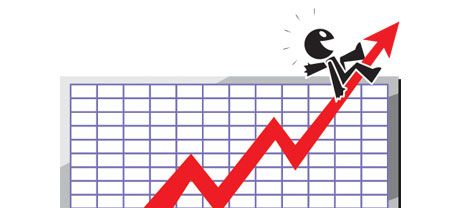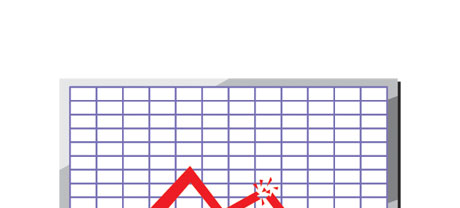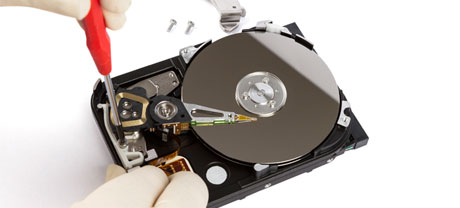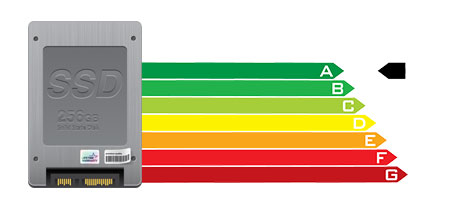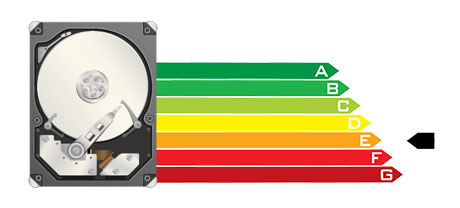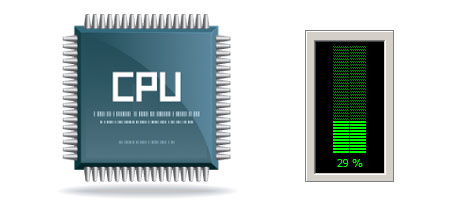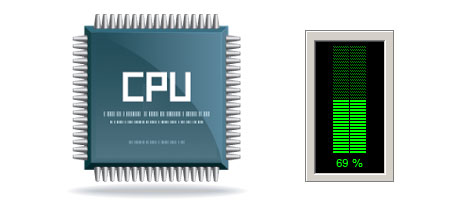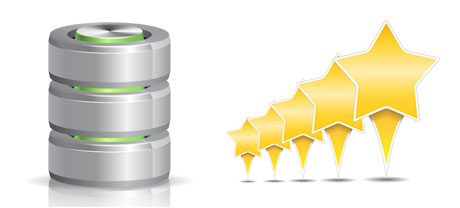Once you have a website or maybe an web application, speed is vital. The swifter your web site works and the faster your web applications function, the better for everyone. Because a website is only an assortment of files that connect to one another, the devices that keep and work with these data files have a vital role in site functionality.
Hard drives, or HDDs, have been, right up until recent years, the most reliable devices for storing information. However, lately solid–state drives, or SSDs, are actually gaining popularity. Check out our comparability chart to determine whether HDDs or SSDs are more appropriate for you.
1. Access Time
With the arrival of SSD drives, data access speeds have gone through the roof. Because of the completely new electronic interfaces employed in SSD drives, the standard data access time has been reduced to a record low of 0.1millisecond.
HDD drives rely on spinning disks for files storage applications. Each time a file is being utilized, you have to wait for the right disk to get to the right place for the laser beam to access the data file involved. This leads to a standard access speed of 5 to 8 milliseconds.
2. Random I/O Performance
The random I/O performance is really important for the effectiveness of any file storage device. We have conducted substantial exams and have determined that an SSD can handle at the very least 6000 IO’s per second.
With a HDD drive, the I/O performance steadily increases the more you employ the disk drive. Nevertheless, right after it gets to a specific limit, it can’t proceed speedier. And because of the now–old technology, that I/O restriction is much lower than what you could receive with a SSD.
HDD can only go as much as 400 IO’s per second.
3. Reliability
SSD drives are designed to include as less moving components as is practical. They use a comparable technique to the one utilized in flash drives and are much more dependable in comparison to common HDD drives.
SSDs offer an normal failure rate of 0.5%.
HDD drives employ rotating disks for holding and reading through files – a concept dating back to the 1950s. Along with hard disks magnetically suspended in the air, rotating at 7200 rpm, the chances of something going wrong are usually bigger.
The standard rate of failing of HDD drives varies between 2% and 5%.
4. Energy Conservation
SSD drives are considerably smaller compared to HDD drives and also they don’t have virtually any moving elements whatsoever. It means that they don’t generate so much heat and require a lot less energy to work and fewer power for chilling reasons.
SSDs consume between 2 and 5 watts.
HDD drives can be well known for getting noisy; they are prone to getting hot and whenever you have several hard drives in one server, you will need a different a / c unit exclusively for them.
As a whole, HDDs consume somewhere between 6 and 15 watts.
5. CPU Power
Thanks to SSD drives’ better I/O efficiency, the key hosting server CPU can easily process data file requests more quickly and conserve time for other functions.
The common I/O wait for SSD drives is only 1%.
HDD drives permit sluggish accessibility speeds when compared with SSDs do, which will result in the CPU required to hang on, whilst saving allocations for your HDD to discover and return the inquired data file.
The regular I/O wait for HDD drives is around 7%.
6.Input/Output Request Times
It’s time for a few real–world illustrations. We competed a full platform backup with a server using only SSDs for data storage purposes. In that process, the common service time for an I/O request remained under 20 ms.
All through the same trials with the exact same web server, this time around fitted out with HDDs, overall performance was considerably reduced. All through the web server data backup procedure, the normal service time for any I/O demands ranged somewhere between 400 and 500 ms.
7. Backup Rates
Speaking about back ups and SSDs – we have observed a substantual development in the data backup speed since we switched to SSDs. Currently, a typical server back–up can take solely 6 hours.
We worked with HDDs mainly for lots of years and we have got decent knowledge of exactly how an HDD runs. Backing up a web server designed with HDD drives can take around 20 to 24 hours.
With HR STORE, you may get SSD–driven hosting services at affordable prices. Our shared website hosting plans as well as our VPS web hosting service include SSD drives by default. Apply for an account with HR STORE and see how your web sites will become better easily.
Hepsia
- Live Demo
Service guarantees
- Subscribe now. There aren’t any setup costs you’ll also find complete admin access to your server. 99.9% network availability is guaranteed.
Compare our prices
- Have a look at our rates and select the perfect Virtual Private Server for your active websites. You’re able to upgrade to a more advanced VPS Web Hosting setup with simply a click.
- Compare our hosting plans
Contact Us
- It is easy to make contact with us 7 days a week by email or by utilizing our ultra–fast ticketing system. We provide a 1–hour response time guarantee.
